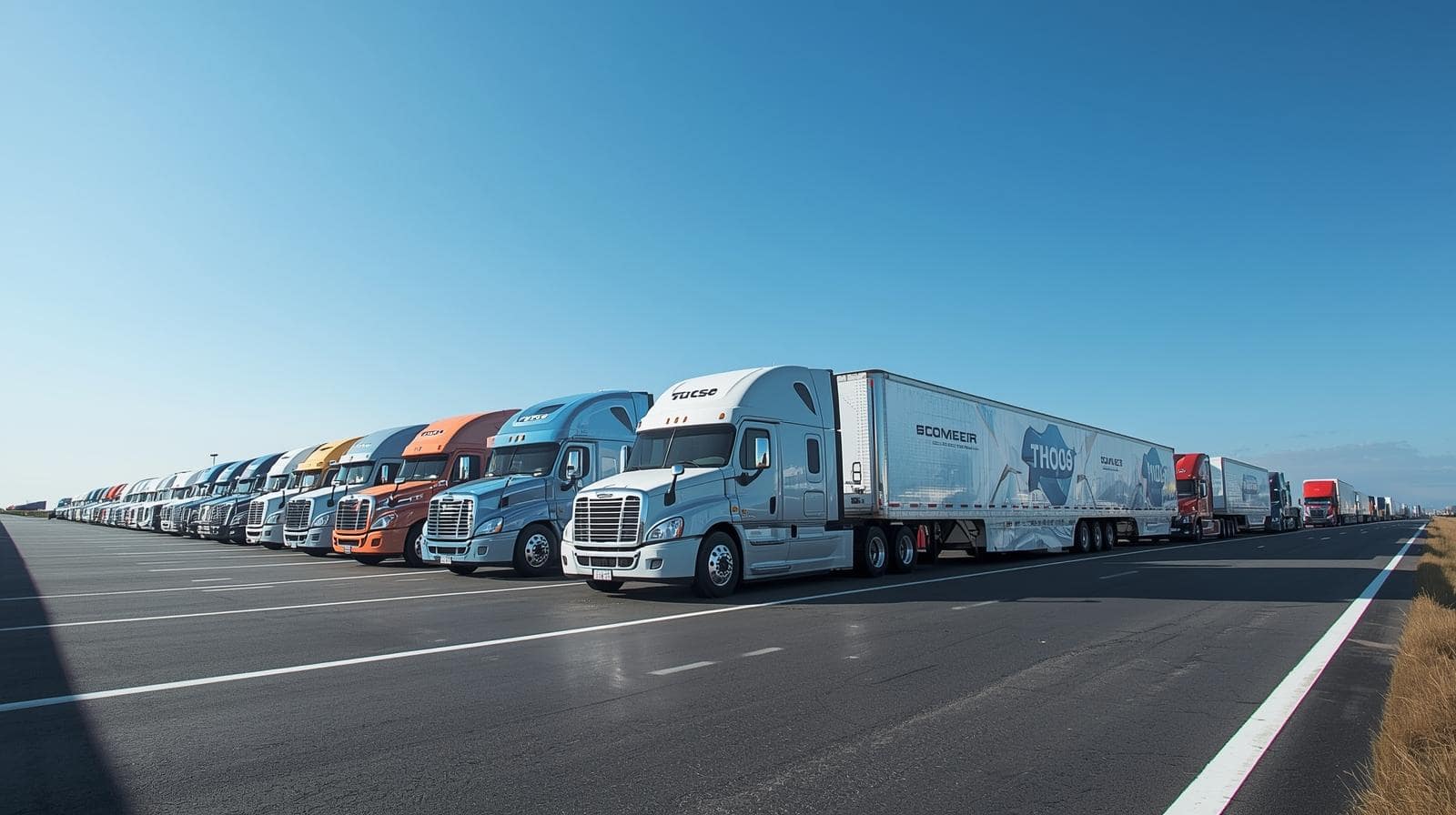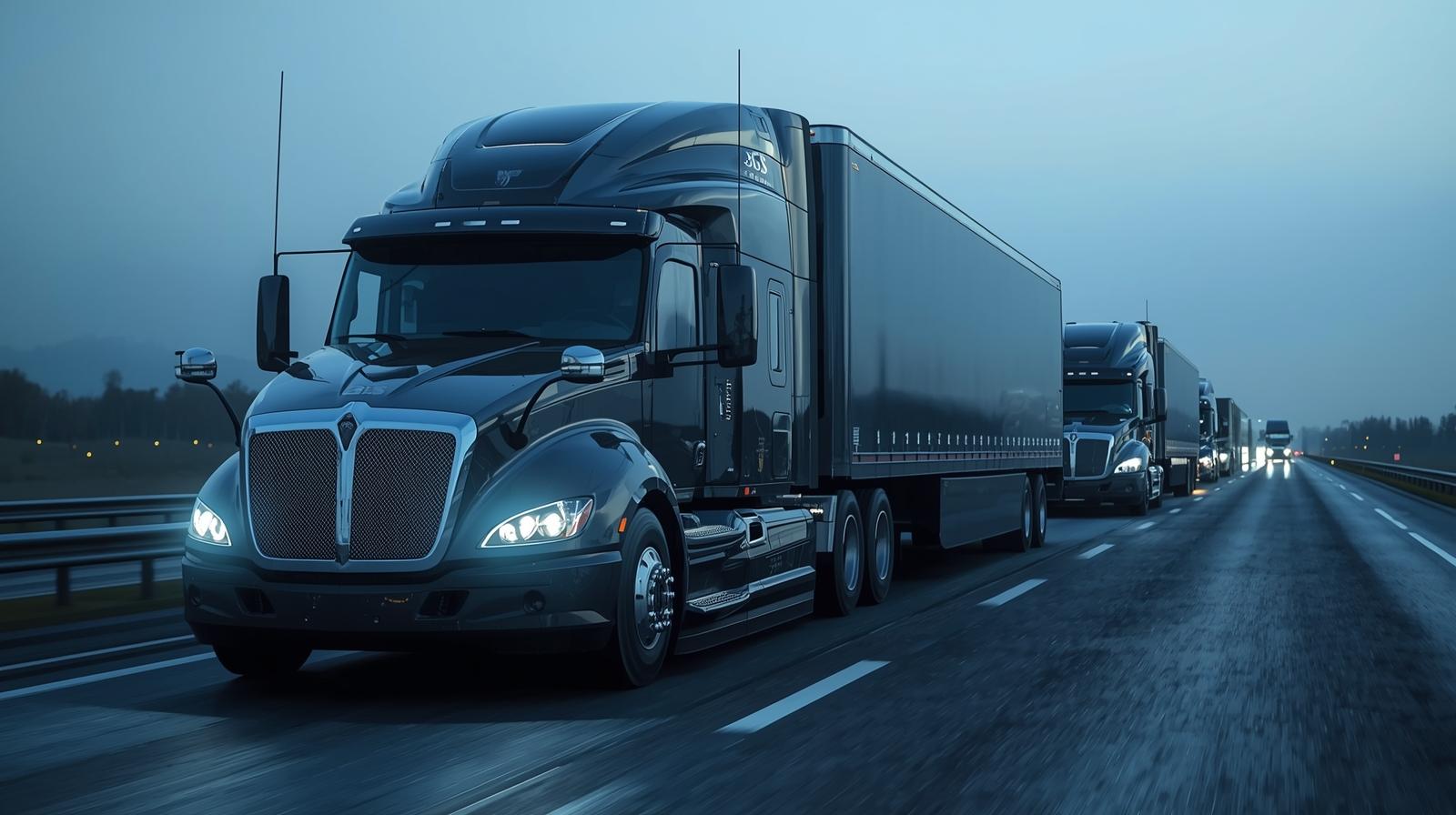Contents
- The Road Ahead – A Digital Reinvention of Fleet Compliance
- Stricter ELD Performance Standards: A New Benchmark for Reliability
- Digital Audits from Paper Trails to Instant Transparency
- Automated Roadside Inspections The Rise of Level VIII
- Data Discipline – Turning Information Into a Competitive Shield
- Predictive Compliance Preventing Violations Before They Happen
- Why Proactive Fleets Will Lead the Industry
- Frequently Asked Questions – FMCSA ELD Mandate 2026
FMCSA’s 2026 ELD mandate updates will bring stricter device standards, deeper automation, and fully digital inspections – turning compliance into a faster, data-driven process that rewards precision, transparency, and efficiency.
The Road Ahead – A Digital Reinvention of Fleet Compliance
The Federal Motor Carrier Safety Administration (FMCSA) is preparing to redefine ELD compliance by 2026. The upcoming revisions aren’t minor rule tweaks — they mark a full shift toward automation, real-time verification, and data integrity. For carriers and drivers, this means less paperwork, faster inspections, and a new level of accountability powered by digital technology. Fleets that act now will gain a head start in the next compliance era.
Stricter ELD Performance Standards: A New Benchmark for Reliability
FMCSA’s upcoming “ELD Revisions” will raise the performance bar for every certified device on the market. Unreliable units that frequently desync, fail GPS validation, or misreport logs may be removed from the official ELD registry.
Carriers using those systems will need immediate replacements to stay compliant.
The agency is also expected to re-examine older engine exemptions, particularly for pre-2000 models. This could close the last gap in full electronic traceability, ensuring that nearly every commercial motor vehicle records hours through a verified ELD.
Once implemented, all carriers will operate under the same digital lens — consistent, transparent, and verifiable.
The message is clear: compliance begins with trustworthy hardware and uninterrupted data flow. Only fleets equipped with dependable, FMCSA-certified devices will pass without friction.
Digital Audits from Paper Trails to Instant Transparency
FMCSA’s audit process is undergoing the same digital transformation. The traditional paper-driven reviews are giving way to real-time electronic audits built around eRODS (electronic record-of-duty status) transfers. Inspectors will analyze log data remotely, drastically cutting the time between data submission and compliance verdict.
By 2026, digital audits will become standard across most regions. Fleets must be ready to transmit accurate, fully annotated data within minutes — not hours. Those that can’t will face unnecessary scrutiny or delay.
The shift to digital isn’t a burden — it’s an opportunity. Fleets maintaining clean records, verified annotations, and instant eRODS availability will experience faster, simpler audits. Transparency becomes their greatest defense. In a world where compliance is measured in megabytes, precision equals protection.
Automated Roadside Inspections The Rise of Level VIII
A quiet revolution is happening on America’s highways. The CVSA Level VIII inspection program enables “in-motion” compliance checks — inspections that occur while the vehicle keeps moving. Using encrypted telematics, ELDs and onboard systems transmit key data — USDOT number, HOS compliance, registration status, and CDL validation — directly to enforcement servers.
By 2026, this system will likely expand nationwide, allowing compliant carriers to pass virtual checkpoints without stopping. The benefits are tangible: reduced downtime, smoother trips, and fewer random stops. Enforcement will focus only where the data signals risk.
Think of it as a digital gate. Carriers with consistent, clean records glide through effortlessly. Those with incomplete or conflicting data get flagged for closer review. Automation removes luck from the equation and replaces it with logic.
Data Discipline – Turning Information Into a Competitive Shield
Every update in 2026 points to one principle: compliance depends entirely on data accuracy.
Logs, malfunctions, unassigned drive time, and annotations all feed into the same digital ecosystem FMCSA monitors. Gaps, delays, or inconsistencies now leave a visible trail.
The best fleets treat compliance data like revenue data — reviewed, analyzed, and protected.
Routine data audits, weekly reviews of unassigned driving segments, and proactive malfunction handling will soon be as vital as vehicle maintenance schedules. Every second of unverified driving or unaddressed malfunction increases exposure.
Strong data management is no longer optional; it’s armor. Fleets with disciplined digital workflows not only pass audits but also operate more efficiently, cut downtime, and make smarter logistical decisions. Clean data tells a story regulators trust — and customers respect.
Predictive Compliance Preventing Violations Before They Happen
The next stage of compliance evolution is predictive oversight. AI-driven ELD platforms already monitor driver behavior, system integrity, and log patterns to predict risks before violations occur. FMCSA’s data systems are evolving the same way — spotting anomalies before they escalate.
Fleets that adopt predictive tools will match the agency’s new rhythm.
By identifying potential log errors or HOS breaches in real time, they prevent fines and protect safety ratings. Predictive compliance isn’t futuristic — it’s practical. It turns data into foresight and foresight into profit.
Why Proactive Fleets Will Lead the Industry
Every regulation change tests two things: adaptability and foresight.
The 2026 ELD updates favor fleets that invest in automation early. With digital audits, automated inspections, and predictive analytics, compliance becomes less about chasing paperwork and more about sustaining continuous transparency.
Fleets that modernize now will spend less on administrative overhead, reduce downtime, and deliver more consistent service. Compliance transforms from a legal obligation into a strategic advantage.
Ezlogz supports that transformation. Our intelligent ELD platform integrates eRODS automation, real-time malfunction alerts, and advanced analytics designed to meet FMCSA’s next-generation standards. Fleets using Ezlogz enter 2026 not with uncertainty — but with confidence, clarity, and control.
Frequently Asked Questions – FMCSA ELD Mandate 2026
1. What are the main changes expected in the 2026 FMCSA ELD updates?
The new mandate will enforce stricter ELD performance standards, expand digital audits, and roll out nationwide Level VIII “in-motion” inspections. It will also review current exemptions and set a unified standard for digital log accuracy.
2. Will current ELDs remain compliant after 2026?
Only those meeting updated FMCSA certification requirements. Devices prone to data loss, sync errors, or malfunction logs will be delisted. Fleets should confirm their provider’s compliance update plan before the new standards take effect.
3. How will digital audits impact fleet operations?
Audits will be faster and remote. Instead of gathering paper documents, fleets must instantly provide eRODS files and digital supporting records. Carriers with well-structured, automated systems will pass with minimal disruption.
4. What exactly is a Level VIII inspection?
Level VIII inspections happen while driving. Data such as driver credentials, HOS records, and vehicle registration are transmitted automatically to enforcement databases. Compliant fleets pass seamlessly; only discrepancies trigger manual checks.
5. What should drivers do if their ELD malfunctions?
Drivers must log the malfunction, notify their carrier, and temporarily switch to paper logs. The issue must be resolved or replaced within eight days. Proper malfunction documentation remains mandatory under the 2026 rules.
6. How can fleets prepare for predictive compliance?
Adopt ELD systems with automated diagnostics, AI analytics, and real-time alerts. Conduct routine data quality reviews and resolve log issues immediately. The goal is prevention, not reaction.
7. How does Ezlogz help fleets comply with the 2026 ELD mandate?
Ezlogz offers FMCSA-certified ELD solutions with automatic eRODS transfers, malfunction tracking, and audit-ready reporting. The platform combines compliance automation with predictive analytics, helping fleets stay inspection-ready every day.
Smart Compliance Starts Now
The FMCSA’s 2026 mandate isn’t just a regulatory update — it’s a transformation of how fleets operate. Automation, transparency, and data discipline will define success. With Ezlogz, fleets move into that future ready, compliant, and one step ahead of every inspection.










